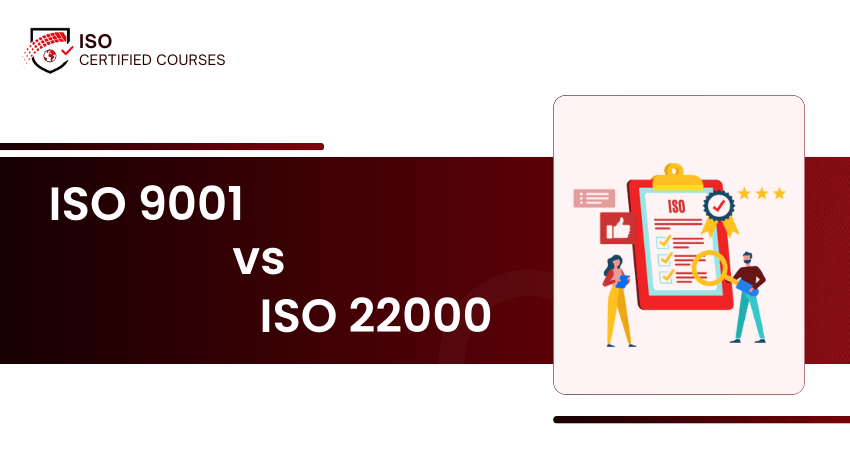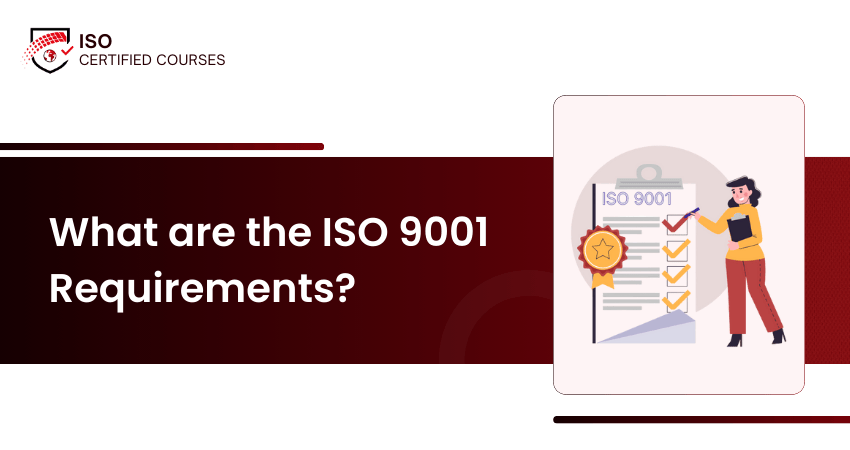What Is ISO 14001 Training Courses ?
ISO 14001 is the international standard for Environmental Management Systems (EMS). It focuses on sustainability, ensures legal compliance, and helps minimise environmental risks. ISO 14001 Training teaches professionals how to implement, audit, and improve EMS frameworks. It aligns these systems with global environmental goals and industry-specific best practices to drive efficiency and environmental responsibility.
Countries
Locations Worldwide
Years of Expertise
Certified Trainers
Where is ISO 14001 Applied in Real-world Industries?
Manufacturing: Control emissions and reduce material waste
Construction: Comply with environmental regulations on-site
Energy: Improve sustainability and reduce carbon footprint
Retail: Implement green sourcing and packaging
The Benefits of ISO 14001 Training Courses

60% reduction in environmental incidents
Gain the expertise to identify environmental risks, implement controls, and promote sustainable operations.

55% improvement in regulatory compliance
Understand environmental laws and learn to build systems that reduce violations and ease audit readiness.

50% cut in energy and resource waste
Learn how to optimise processes, reduce consumption, and drive cost savings through efficient environmental management.

45% increase in stakeholder trust
Build credibility with customers, regulators, and investors by demonstrating environmental responsibility and ISO 14001 alignment.

40% more success in winning green contracts
Access tenders and partnerships that prioritise sustainability by contributing to certified environmental practices.

65% of trained professionals report stronger job profiles
Advance your career with in-demand skills that support global sustainability goals and organisational excellence.
Our ISO Training, Your Format
Choose the training format that fits your team’s goals, schedule, and preferred learning style. Our ISO Certified Courses are designed to deliver consistent, high-quality learning, anytime, anywhere.
Classroom Training
Online Instructor-Led Training
Online Self-Paced Training
Discover Your Ideal ISO Learning Path and Build a Standards-driven Future
Proven ROI: Why ISO Standards Matter
67% of organisations implementing Quality Management Systems report significant savings.
24/7 Learning Assistance

Served 10K+ Global Learners
Frequently Asked Questions
What is the main purpose of ISO 14001 Training?
ISO 14001 Course helps organisations reduce environmental impact by implementing an effective Environmental Management System (EMS). It ensures legal compliance, promotes sustainability, and improves operational performance through structured planning, monitoring, and continuous improvement processes.
Who should take the ISO 14001 Training?
This training is suitable for Environmental Managers, Compliance Officers, Consultants, and professionals responsible for sustainability or legal compliance. It’s ideal for individuals aiming to reduce environmental risks and promote sustainable practices across any industry or business size.
What are the key principles of ISO 14001?
The key principles of ISO 14001 include environmental policy, planning, operational control, risk management, legal compliance, continuous improvement, and leadership commitment. These principles help organisations meet sustainability goals and manage environmental responsibilities more efficiently and transparently.
Is ISO 14001 applicable to all industries?
Yes, ISO 14001 applies to all industries, including manufacturing, construction, energy, and services. It is designed to be flexible and scalable, making it suitable for organisations of any type or size aiming to improve environmental performance.
What version of ISO 14001 is currently in use?
The current version is ISO 14001:2015. It focuses on leadership, risk-based thinking, and integrating environmental management into business strategy. This version enhances compatibility with other ISO standards like ISO 9001 and ISO 45001.
Explore Our Most Popular Topics
Satisfied Clients From 5k+ Organisations In Different Fields












What Our Clients says about us
The ISO 9001 Internal Auditor Training gave me practical insight into quality systems and how to apply audit techniques effectively. The sessions were clear and approachable, even without prior auditing experience. I now feel confident reviewing documentation, identifying nonconformities, and contributing to continuous improvement. The real-world examples and audit scenarios helped me understand the practical side of compliance and how it fits into our daily operations.
Completing the ISO 45001 Foundation Training provided me with a solid understanding of occupational health and safety standards. The training clarified legal requirements, hazard identification, and risk control measures. I’ve applied this knowledge to improve our incident response protocols and reinforce safety culture within the team. It’s also made me more effective at communicating compliance expectations and supporting ongoing H&S initiatives.
The ISO 22301 Foundation Training helped deepen my knowledge of business continuity planning and risk preparedness. The course content was practical and focused on real implementation challenges, which I could immediately relate to my role. I now play a more active part in reviewing continuity plans and coordinating recovery strategies. The training has improved how we manage operational risks and strengthened our overall resilience.
I registered my team in the ISO 9001 Lead Implementer Training, and the improvements were visible right away. The training gave us the tools to standardise workflows, enhance documentation, and build a consistent quality management system. The team has taken ownership of processes and is now more proactive in identifying areas for improvement. It’s significantly enhanced how we align with best practices and deliver results with greater reliability.
Our team participated in the ISO 45001 Lead Auditor Training to reinforce our internal safety and compliance framework. The training not only improved our auditing skills but also helped us critically assess our workplace health and safety practices. We’ve since implemented stronger controls and improved reporting structures. The shift in awareness and engagement has been very positive, especially in high-risk areas.












































